Practice Free AZ-400 Exam Online Questions
HOTSPOT
You have an Azure subscription that contains Azure DevOps build pipelines.
You need to implement pipeline caching by using the cache task.
How should you complete the YAML definition? To answer, select the appropriate options in the answer area. NOTE: Each correct selection is worth one point.
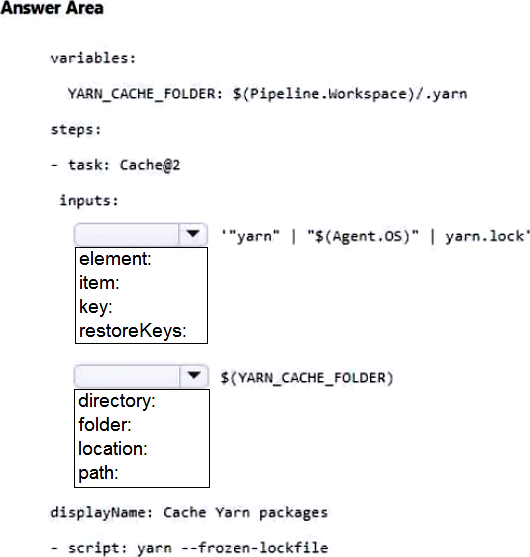
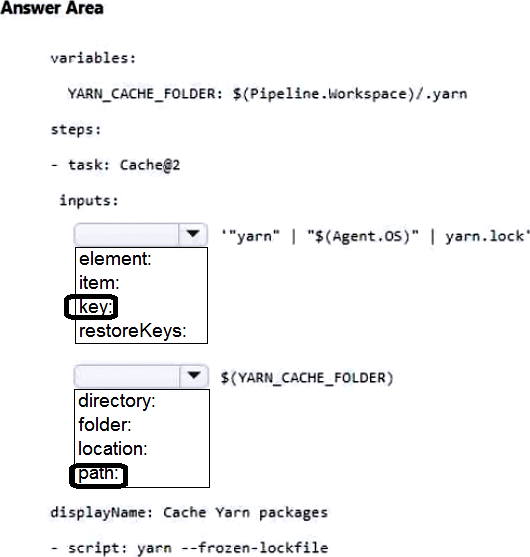
You have an on-premises app named App1 that accesses Azure resources by using credentials stored in a configuration file.
You plan to upgrade App1 to use an Azure service principal.
What is required for App1 to programmatically sign in to Azure Active Directory (Azure AD)?
- A . the application ID, a client secret, and the object ID
- B . a client secret, the object ID, and the tenant ID
- C . the application ID, a client secret, and the tenant ID
- D . the application ID, a client secret, and the subscription ID
You use Azure Pipelines to build and deploy an app named App1.
You plan to monitor App1 by using Application Insights.
You create an Application Insights instance named AI1.
You need to configure App1 to use AI1.
Which le should you modify?
- A . appsettings.json
- B . launchSettings.json
- C . startup.cs
- D . project.json
You manage source control by using GitHub.
You have a le named Data.txt that contains sensitive data. A user pushes Data.txt to a repository.
You need to purge the le from the repository.
Which two commands can you use? Each correct answer presents a complete solution. NOTE: Each correct solution is worth one point.
- A . git checkout
git reset -hard -pathspec data.txt - B . git checkout
git clean -d data.txt –force - C . bfg –delete- les data.txt
git push –force - D . git rm data.txt
git push –force - E . git lter-repo –invert-paths –path data.txt git push origin –force –all
- F . git revert -edit data.txt
git push -force
You have an Azure DevOps project named Project1 and an Azure subscription named Sub1. Sub1 contains an Azure SQL database named DB1.
You need to create a release pipeline that uses the Azure SQL Database Deployment task to update DB1.
Which artifact should you deploy?
- A . a BACPAC
- B . a DACPAC
- C . an LDF le
- D . an MDF le
You have an Azure DevOps project named Project1 and an Azure subscription named Sub1. Sub1 contains an Azure SQL database named DB1.
You need to create a release pipeline that uses the Azure SQL Database Deployment task to update DB1.
Which artifact should you deploy?
- A . a BACPAC
- B . a DACPAC
- C . an LDF le
- D . an MDF le
SIMULATION
Initialize the default main branch, if it does not exist already.
In the User1-12345678 Azure DevOps project, you need to implement an approval process for the default main branch.
The process must use the four-eyes principle and have at least one approval on every iteration.
Configure branch policies
Phase 1. Select the correct branch
Step 1: To manage branch policies, select Repos > Branches to open the Branches page in the web portal.
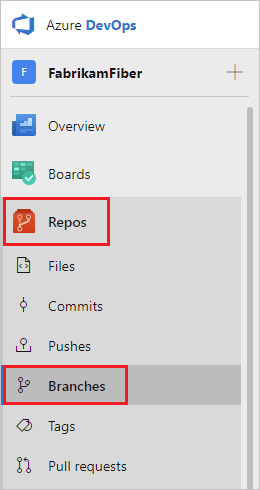
You can also get to branch policy settings with Project Settings > Repository> Policies > Branch Policies > <Branch Name>.
Step 2: To set branch policies, locate the branch you want to manage. You can browse the list or search for your branch in the Search branch name box at upper right. [Select the default main branch]
Select the More options icon next to the branch, and then select Branch policies from the context menu.
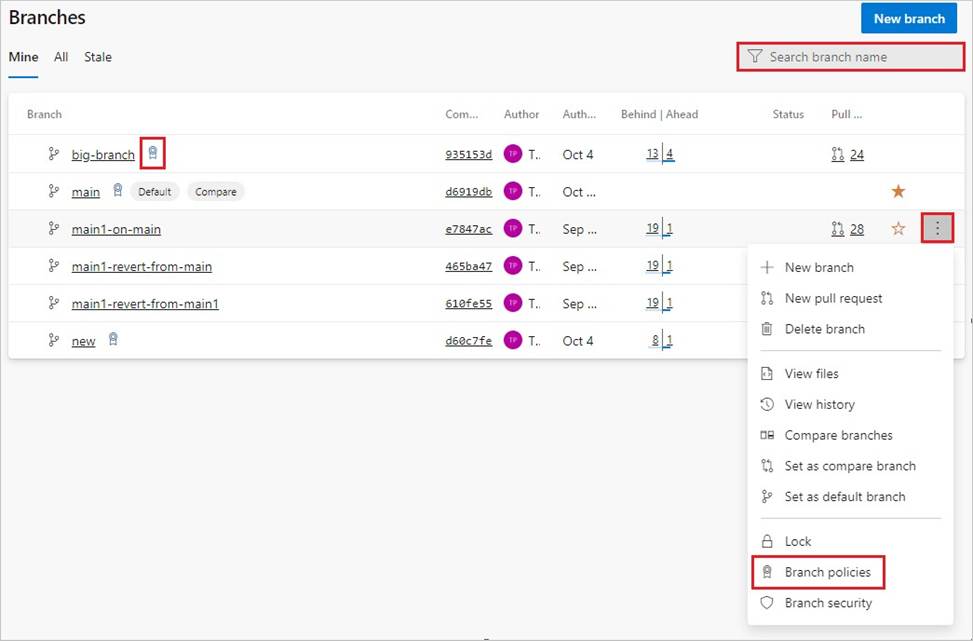
Phase 2: Configure approval
Require a minimum number of reviewers
Code reviews are important for software development projects. To ensure that teams review and approve PRs, you can require approval from a minimum number of reviewers. The basic policy requires that a specified number of reviewers approve the code with no rejections.
Step 3: To set the policy, under Branch Policies, set Require a minimum number of reviewers to On. Enter the required number of reviewers, and select any of the following options.
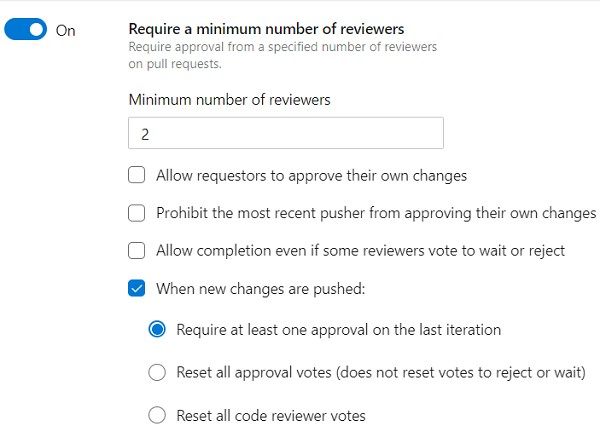
3a. [Select: Minimum number of reviewers: 2]
3b. [Select: When new changes are pushed: ]
3c [Select Require at least one approval on the last approval of the last iternation]
Reference: https: //learn.microsoft.com/en-us/azure/devops/repos/git/branch-policies
DRAG DROP
You have an Azure subscription that contains an Azure Tra c Manager pro le named ATM1 and a web app named App1. ATM1 manages App1 traffic. ATM1 is configured to route callers to the endpoint that has the lowest latency.
You need to configure ATM1 to route all traffic from Asia to an endpoint in Australia.
Which three actions should you perform in sequence from the Azure portal? To answer, move the appropriate actions from the list of actions to the answer area and arrange them in the correct order.


DRAG DROP
You have an Azure subscription that contains an Azure Tra c Manager pro le named ATM1 and a web app named App1. ATM1 manages App1 traffic. ATM1 is configured to route callers to the endpoint that has the lowest latency.
You need to configure ATM1 to route all traffic from Asia to an endpoint in Australia.
Which three actions should you perform in sequence from the Azure portal? To answer, move the appropriate actions from the list of actions to the answer area and arrange them in the correct order.


Note: This question is part of a series of questions that present the same scenario. Each question in the series contains a unique solution that might meet the stated goals. Some question sets might have more than one correct solution, while others might not have a correct solution.
After you answer a question in this section, you will NOT be able to return to it. As a result, these questions will not appear in the review screen.
You have an Azure pipeline that is used to deploy a web app. The pipeline includes a test suite named TestSuite1. TestSuite1 is used to validate the operations of the web app.
TestSuite1 fails intermittently.
You identify that the failures are unrelated to changes in the source code and execution environment.
You need to minimize troubleshooting effort for the TestSuite1 failures.
Solution: You increase code coverage.
Does this meet the goal?
- A . Yes
- B . No
